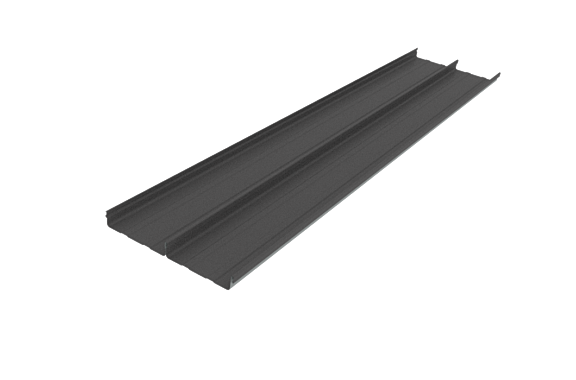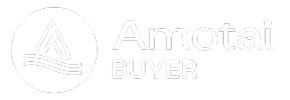



Roll to Roof
Roll to Roof: Onsite rollforming direct to roof level
A new addition to Dimond’s existing mobile rollforming capability, the Roll to Roof service sees the mobile equipment craned to the building’s roof level to rollform direct to the building, rather than the roof being rollformed at ground level then craned onto the roof for installation. This has multiple advantages, including removing the requirement for onsite material storage and reducing the site space required for processing.

The Roll to Roof system streamlines the two-step process of rolling and shaping the steel roof at ground level and craning it into place, into one continuous process that is completed on the roof.
Two containers are used, the smaller one to hold the de-coiler, and a larger one to hold the roll forming machine. These containers are craned into place and are secured to anchor points during operation, with the containers being movable to different sections of the roof. The containers are also brought back to ground level for a coil change.
The pioneer project conducted using the Roll to Roof method was in conjunction with Kiwi Roofing Ltd on a 75,000m2 new distribution centre for Foodstuffs located within AIAL’s The Landing Business Park. The project proved to be a real success, with demonstrated benefits including:
- Cost savings — including reducing the need for the usual amount of on-ground support staff normally needed with a traditional mobile model. By rolling directly at roof level, the amount of labour required is reduced.
- Time savings — by rolling directly to the roof significant time benefits are achieved, indicatively for this particular project, a higher than expected amount of time savings was produced.
The below video case study further explains the benefits of this offer from the installer and client perspectives:

Health & Safety
Paramount to the process is Health and Safety. Given the rollforming is being conducted at height, the Health and Safety protocols associated with the traditional mobile rollforming process were adjusted, this included the Health and Safety induction process and the focuses of daily toolbox meetings, crane exclusion zones, PPE requirements and wind controls.
For an overview as to the Health & Safety processes involved in our Roll to Roof offer see the video below:




















